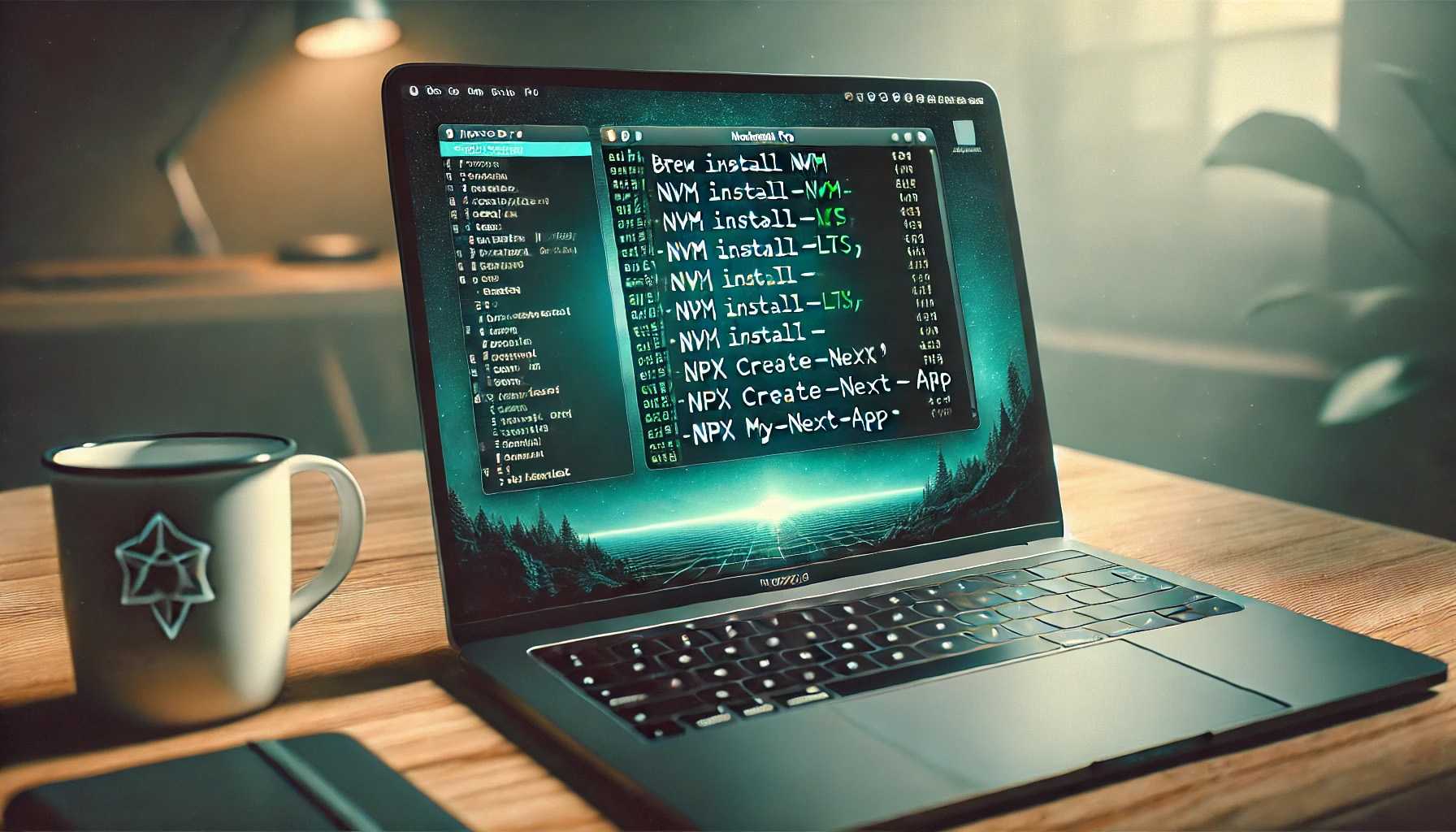If you're developing web applications on macOS, you'll need a solid set of tools to manage packages, runtime environments, and frameworks efficiently. In this guide, we'll cover how to install:
Homebrew (macOS package manager)
NVM (Node Version Manager)
NPM (Node Package Manager)
Next.js (React-based web framework)
Step 1: Installing Homebrew
What is Homebrew?
Homebrew is a package manager for macOS that makes it easy to install and manage software packages. It simplifies the process of installing development tools and ensures your environment stays up to date.
How to Install Homebrew
Open Terminal (
Cmd + Space, typeTerminal, and pressEnter).Run the following command to install Homebrew:
/bin/bash -c "$(curl -fsSL https://raw.githubusercontent.com/Homebrew/install/HEAD/install.sh)"Once installed, verify the installation by running:
brew --versionThis should display the installed version of Homebrew.
Step 2: Installing NVM (Node Version Manager)
What is NVM?
NVM (Node Version Manager) is a tool that allows you to manage multiple versions of Node.js on your machine. This is especially useful when working on different projects that require different Node.js versions.
How to Install NVM
Install NVM using Homebrew:
brew install nvmCreate a directory for NVM:
mkdir ~/.nvmAdd NVM to your shell configuration. If you're using zsh (default shell on macOS Catalina and later), run:
echo 'export NVM_DIR="$HOME/.nvm"' >> ~/.zshrc echo '[ -s "/opt/homebrew/opt/nvm/nvm.sh" ] && \. "/opt/homebrew/opt/nvm/nvm.sh"' >> ~/.zshrc echo '[ -s "/opt/homebrew/opt/nvm/etc/bash_completion" ] && \. "/opt/homebrew/opt/nvm/etc/bash_completion"' >> ~/.zshrc source ~/.zshrcIf you're using bash, replace
~/.zshrcwith~/.bashrc.Verify the installation by running:
nvm --version
Step 3: Installing Node.js and NPM
What is NPM?
NPM (Node Package Manager) is a package manager for JavaScript that allows developers to install libraries, tools, and frameworks needed for their projects.
Installing Node.js (which includes NPM)
Install the latest stable version of Node.js using NVM:
nvm install --ltsSet it as the default version:
nvm use --ltsVerify the installation:
node -v # Displays Node.js version npm -v # Displays NPM version
Step 4: Installing Next.js
What is Next.js?
Next.js is a powerful React-based framework for building modern web applications. It enables server-side rendering, static site generation, and API routes, making it an ideal choice for performance-oriented web development.
What is React?
React is a JavaScript library for building user interfaces. It enables developers to create reusable UI components and efficiently update the DOM.
Installing Next.js
Create a new Next.js project by running:
npx create-next-app@latest my-next-appNavigate into your project folder:
cd my-next-appStart the development server:
npm run devOpen
http://localhost:3000in your browser to see your Next.js app running.
Conclusion
By following these steps, you’ve set up a robust web development environment on macOS. You can now build modern web applications using Next.js and React with an easily manageable Node.js environment.
For further learning:
Homebrew: https://brew.sh
Next.js: https://nextjs.org

Article Comments